#blue whale
Text
Everything okay?
If you or someone you know is struggling, you are not alone. There are many support services that are here to help. For 24/7 peer support and other resources, message KokoBot on Tumblr.
If you are in the United States, please try:
National Suicide Prevention Lifeline (1-800-273-8255)
The Trevor Project (LGBTQ youth, ages 13-24)
National Eating Disorders Association (online chat, text)
RAINN (National Sexual Assault Hotline)
If you are outside the United States, visit IASP to find resources for your country.
For more resources, please visit our Counseling & Prevention Resources page for a list of services that may be able to help.
443K notes
·
View notes
Text

sold
a neat little commission, an owl and a whale
#glazeware#claypigeon#pottery#ceramics#ceramic#ceramic art#sgraffito#carving#underglaze painting#trivet#whale#owl#blue whale#barn owl#commission
78 notes
·
View notes
Photo

Vatican vs. Blue Whale
6K notes
·
View notes
Text

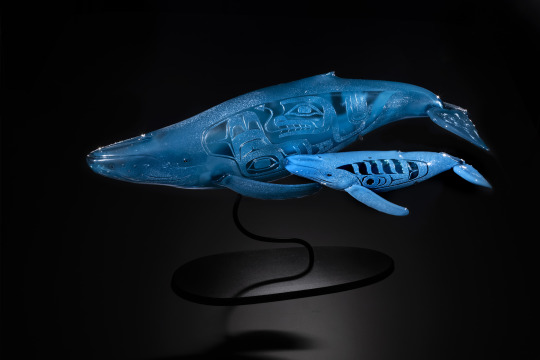
Raven Skyriver and Preston Singletary
Freehand Sculpted Carved Glass collaborations
[top] Matriarch
[bottom] Descendent
Luminosity: Native Glass Art by Preston Singletary and Raven Skyriver

#preston singletary#raven skyriver#indigenous art#indigenous artist#carved glass#art glass#orca#blue whale#whales#whale calves
1K notes
·
View notes
Text
the massive, graceful, majestic — Blue Whale
#blue whale#whales#animals#nature#ocean#wildlife#sea#aesthetic#video#marine biology#sea life#ocean life#nature photography#photography#beauty-funny-trippy#cetaceans#marine life#sea creatures#marine animals
463 notes
·
View notes
Text
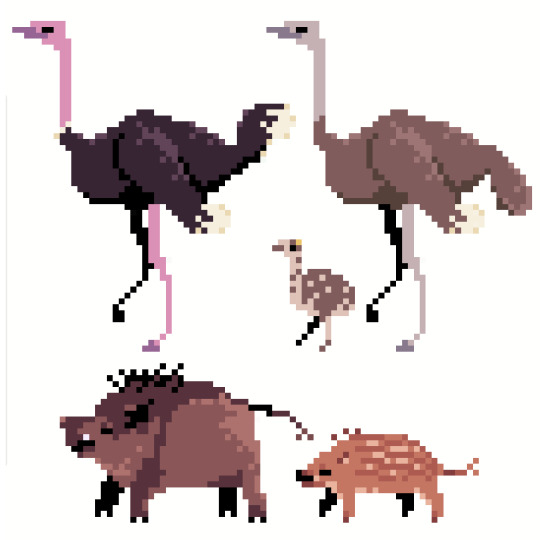
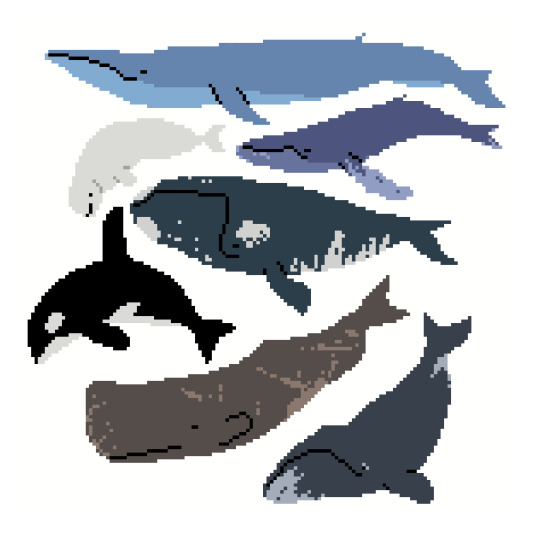
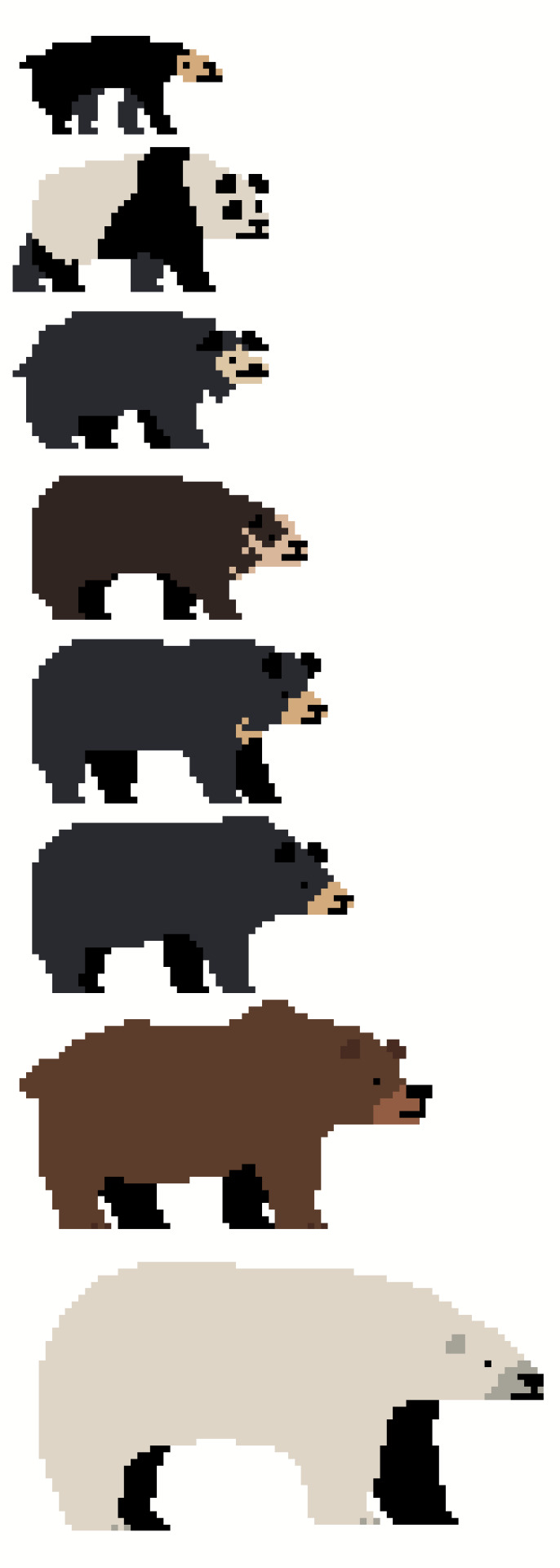
and today i bring you: boars, ostriches, various whales (i was going for just baleen whales but my classmate begged for a beluga), and every species of bear from smallest to largest (image descriptions in alt)
#my art#pixel art#whales#animals#bears#ostrich#boar#sun bear#sloth bear#asian black bear#american black bear#brown bear#polar bear#spectacled bear#humpback whale#blue whale#orca#beluga#sperm whale#bowhead whale#right whale
159 notes
·
View notes
Text

A little blue whale by Ravensden, bought from the gift shop at the Natural History Museum in London in December 2023.
305 notes
·
View notes
Text

big blue whale character, their name is Wynnie :]
200 notes
·
View notes
Text
Uncharismatic Fact of the Day
Got milk? The blue whale sure does! Blue whale calves can drink up to 200 L (52 gal) of milk a day, every day for 6-8 months. Due to the milk's high fat content (35-50% fat), these calves gain weight extremely fast-- a single nursing calf can put on 10 lbs an hour!
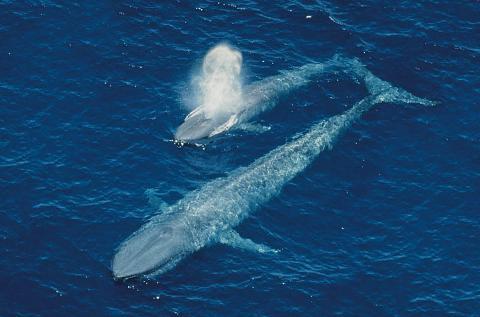
(Image: A mother blue whale (Balaenoptera musculus) and her calf by Whale Watch Western Australia)
#blue whale#Artiodactyla#Balaenopteridae#Rorquals#baleen whales#Cetaceans#whales#artiodactyls#mammals#uncharismatic facts
98 notes
·
View notes
Text
Blue whale (@whaleswagbracket)
vs
Zero (number tournament @janmisali)


#Tournament-winners-tournament#tournament#polls#tournament² poll#tumblr tournament#blue whale#marine biology#0
273 notes
·
View notes
Text

Blue whale, 1865.
63 notes
·
View notes
Text
Wet Beast Wednesday: blue whale
It's the one-year anniversary of my Wet Beast Wednesday posts. My first post was on the smallest of all cetaceans, the vaquita. For the anniversary, I'm going to go to the other end of the spectrum and cover the largest of all cetaceans: the mighty blue whale. Join me as we explore the biggest of bois, the largest of lads, and the absolutest of units.

(Image: a blue whale at the surface of the ocean, seen from above. It is long, slender, and grey. The head is the widest point and takes up about a quarter of the body. The blowholes are positioned at the back of the head. Two flippers emerge from the body just behind the head. The tail fluke is very broad and pointed. End ID)
Blaenoptera musculus, the blue whale, is divided into four subspecies based on size and location. These are the northern blue whale (B. m. musculus), the north Indian ocean blue whale (B. m. indica), the antarctic blue whale (B. m. intermedia), and the pygmy blue whale (B. m. brevicauda). The northern and pygmy whales are further subdivided into population stocks based on what part of their range they live in. Blue whales are not only the largest cetaceans, they are the largest known animals to have ever existed. There are animals that can get longer, like the lion's mane jellyfish, but blue whales are the most massive animals. There are some extinct species that could potentially meet or exceed the blue whale in size, including some ichthyosaurs, whales, and sauropods, but all those species are known only from skeleton fragments so we can't get a fully accurate estimate of their size. Size varies depending on subspecies and population stock, but the longest group are the eastern north Pacific population, which can reach an average 24 m (79 ft). The antarctic subspecies is the heaviest, averaging 130 metric tons (290,000 lbs) for females. Females are larger than males. The pygmy subspecies is the smallest, though small is a relative term as they can still average 21.3 m (69.9 ft) and 99 metric tons (218,000 lbs). The longest scientifically measured individual was 30 m (98 ft), though there are unconfirmed reports of longer ones. The heaviest blue whale on record weighed 173 metric tons (381,400 lbs), though there are whales estimated to get up to 199 metric tons (438,720 lbs). Blue whales also have the largest hearts of any animal. One specimen measured in at 180 kg (400 lbs). The heart is about the size of a golf cart and 4 or 5 people could fit inside the chambers without having to squeeze. There's a commonly-quoted factoid that a person could swim through a blue whale's arteries without touching the sides. I wasn't able to find any exact measurements to confirm or refute this. I did find some sources saying that the blood vessels are highly elastic so its possible the factoids are talking about the arteries at their most stretched. Each heartbeat moves 220 liters of blood and the total blood volume is estimated at 5,300 liters. The heartbeat can be heard two miles away. I really just want to impress on you that these animals are fucking massive. A study on hydrodymanics suggested that a blue whale couldn't get longer than 33 meters (108 ft) before its metabolic and energy requirements would exceed the amount of food it could eat. Blue whales are verging on what is theoretically the maximum amount of big a whale can be.

(Image: an illustration comparing the size of a blue whale to other animals and showing their size. The whale is about as long as a line consisting of a polar bear, grizzly bear, human, asian elephant, giraffe, and great white shark. End ID. Source)
Blue whales are baleen whales, meaning that instead of teeth they have thick, keratinous plates called baleen attached to the upper jaw. When feeding, blue whales open their mouths and swim through clouds of krill. The mouth can open to 80 degrees and folds at the bottom let it expand to fit 220,000 liters of water at a time. The whale them closes its mouth and forces water out through the baleen. The baleen acts as a sieve, trapping krill in the mouth to be swallowed. Blue whales target patched of krill with the highest densities as their feeding style requires a minimum of 100 krill per cubic meter to offset the energy cost of feeding. Most mouthfuls provide 8,312 to 475,141 kilocalories of energy, more than enough to offset the cost of feeding. The current estimate for how much krill an adult needs in a day is 1,120 ± 359 kg (2,469 ± 791 lbs) and pregnant females need even more than that. Blue whales will dive in search of food, with the deepest confirmed depth being a pygmy blue whale that reached 506 m (1,660 ft). The deepest known dive from a non-pygmy blue whale was 315 m (1,033 ft). The longest recorded dive was 15.2 minutes and the estimated maximum dive duration is 31.2 minutes. During dives, a blue whale's heartbeat slows to 2 beats per minute, the slowest of any known animal. The elastic aorta seems to take over a lot of the heart's pumping job during this time. Blue whales are streamlined and similar in appearance to the relates sei whales and fin whales. Blue and fin whales are capable of hybridizing and producing fertile offspring. 3.5% of the blue whale genome comes from hybridization with fin whales. While blue whales can produce hybrid offspring with fin whales, the reverse is not true and the gene flow from fin to blue is unidirectional. It appears that all hybrids are the result of a fin father and a blue mother. Interestingly, blue whales do not appear to be capable of hybridizing with the more closely related sei whales. There are unconfirmed reports of blue whale and humpback whale hybrids. And because someone was going to bring it up if I didn't, the blue whale's penis is the largest of any animal at 3 m (9.8 ft) long and 30 cm (12 in) wide and they can release an estimated 17 liters of semen at a time. I know someone out there desperately wanted to know that and to that person I say you're whalecum.

(Image: a blue whale feeding at the surface of the ocean on its side, seen from above. The mouth is open with the troat and lower mouth inflated. It is swimming into a patch of krill, visible as yellowish coloration in the water. End id)
Blue whales can be found worldwide, though they typically prefer colder water and do not enter the Arctic ocean. They are usually solitary or travel in pairs, but can gather in groups up to 50 strong when food is abundant. Many are migratory, feeding in cold water during the summer and moving toward the equator in winter. They can follow complex migratory patterns that have to be memorized. There are multiple different strategies employed by different populations regarding who migrates when and some populations don't migrate at all. Their vocalizations are used for long-distance and short-range communication and scientists have classified multiple different types of sounds produced. Different populations of whales have different patterns of vocalizations which may be akin to languages or dialects. Blue whale sounds are some of the loudest and lowest frequency produced by any animal and most are too low-frequency to be audible to humans. Mating season happens in winter. Males use vocalizations to attract females, who they then court through special noises, blowing bubbles, inflating their mouths, chasing, and slapping the water with their flippers. Males compete with each other for the chance to mate. Once a female chooses a male, they will mate and then separate. Gestation takes 10 to 12 months. Newborn blue whales are the largest babies in the animal kingdom at 6-7 m (20-23 ft) and 2-3 metric tons (4409 to 6614 lbs). Mother produce between 110 and 320 kg (240 - 710 lbs) of milk daily. Claves are weaned between 6 and 8 months once they hit 16 m (53 ft) and have gained about 17,000 kg (37,500 lbs). Females typically mate every 2 to 3 years. Blue whale become sexually mature at 8-10 years old and can live over 90 years, with the oldest on record being 110 years old. Their age can be determined by earwax, which is laid down in rings like trees.

(Image: a mother blue whale (background) and calf (foreground). The baby is already very large and is a lighter grey than the mother. The baby is seen from the sied while the mother is rotates to show her underside. End ID)
All blue whale subspecies are classified as endangered by the IUCN, with the antarctic subspecies being critically endangered. Blue whales were heavily impacted during whaling, with their population dropping to the point of near-extinction. Since the end of whaling, populations have risen to an estimated 10,000 to 25,000 as of the end of 2023. This is still smaller than their pre-whaling population, but they have recovered quite a bit. The current largest threats to blue whales are climate change, collisions with ships, and human created noise. The effects of anthropogenic noise from shipping lanes on aquatic animals is still poorly understood, though it seems to greatly irritate and even harm whales, forcing them to change their migratory routes and avoid shipping lanes. Interestingly, as the population has increased scientists have noted changes in courtship behavior and vocalization tone. It is hypothesizes that the increasing population is resulting in greater competitive pressure between males for the right to mate.

(Image: a blue whale seen from the side. Its head is toward the camera. The lower jaw as larger and thicker than the upper jaw. The animal is streamlined. The eye is just behind the mouth and small. Further back is a paddle-shaped flipper. End ID)
#wet beast wednesday#blue whale#whale#whales#cetaceans#cetacean#marine mammals#baleen whale#marine biology#biology#zoology#ecology#animal facts#informative#image described#science#absolute unit#big#anniversary
66 notes
·
View notes
Text

Blue Whale, Catoosa, Oklahoma, 1970-1972
77 notes
·
View notes
Text

The Soothing Seas
2K notes
·
View notes
Text


This is me celebrating memorials birthday in my ice spice cosplay. Happy birthday memorial
203 notes
·
View notes
Text
real cetacean fact #1
real cetacean fact #1: blue whales are not actually blue, its just the pigmentation of their fur. Their skin is actually coimpletely transparent
#100% real cetacean fact#1#eddie in the ocean#marine biology shitpost#cetaceans#blue whale#queue are in the ocean
128 notes
·
View notes